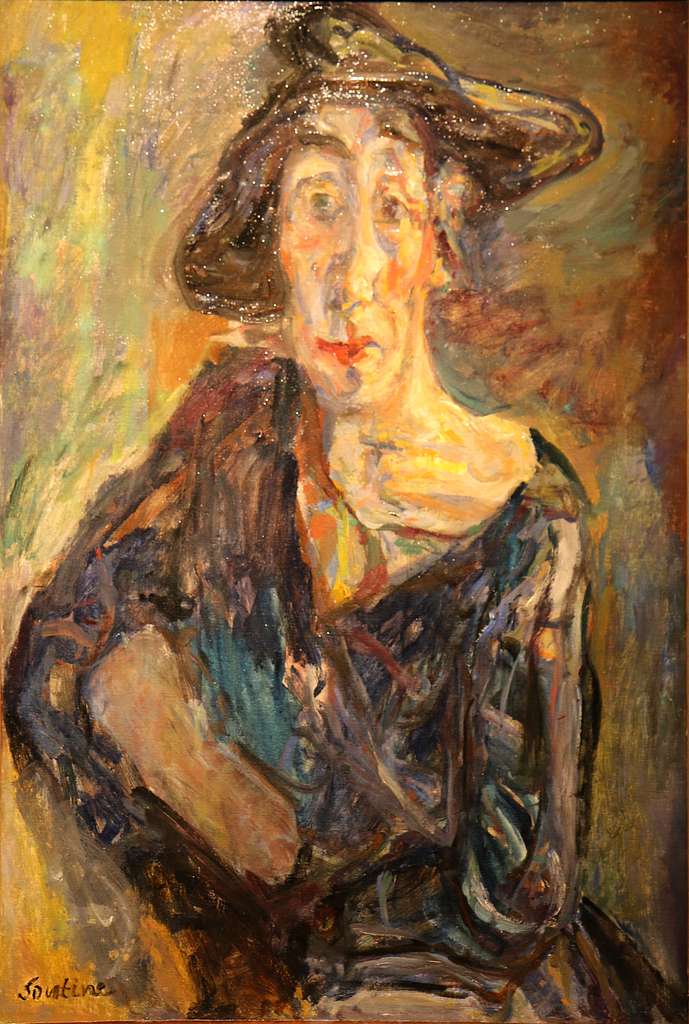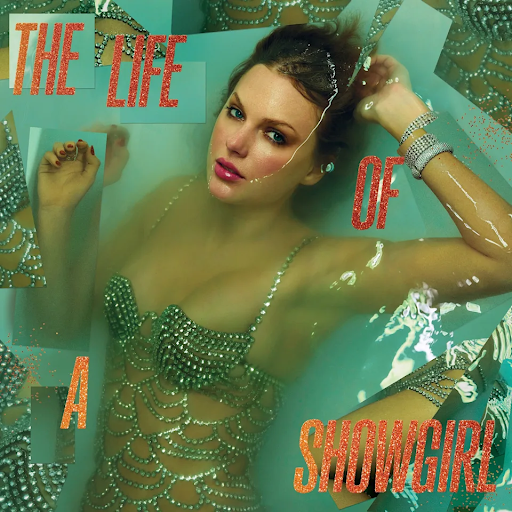“The Village Idiot” by Steve Stern is an animated semi-fictional biography that follows Chaim Soutine, an expressionist painter who was a part of the School of Paris, a term coined by Andre Wornod to describe the group of artists in Paris during the first half of the twentieth century. The book was published Sept. 13, 2022.
Chaim immigrated to Paris, France in 1913 from Russia. He was from a village that didn’t have any indoor plumbing, and as such didn’t trust it, and would frequently be found at societal functions doing his business against a tree. He also didn’t bathe and would instead douse himself with cologne to mask his smell. It didn’t always work. He wore the same clothes for years until they fell apart, at which point he mended them, without ever washing them. He was also known for his tardiness, and more than once showed up as the party was ending.
But he was a marvelous painter, known for his talent to make his “pigments breathe light,” and his fits of passion during painting. He did mostly portraits or landscapes, but many did not appreciate the portraits he would create of them, as he had the habit of aging his subjects and distorting their features. There was also a period of time when he deemed it necessary to always add children into his landscapes, although he never before painted from his imagination.
A transformative event for Chaim, and an event focused heavily in the book, is the fictionalized 1917 regatta, which is a boat race, proposed by Chaim’s friend and fellow painter, Amedeo Modigliani. The artists would construct their own vessels to float down the Seine, and whoever won would receive an exquisite bottle of wine. Many of the greatest artists of the time participated, including Picasso, Brancusi, and Rivera. But Modigliani rigged the race. His boat, a bathtub pulled by ducks, was actually attached to Chaim in a diving suit walking along the bottom of the river. When Modigliani first came up with the idea, Chaim had tried to refuse, especially as he couldn’t even swim, but Modigliani had a power over Chaim that eventually convinced him to get into the diving suit. Chaim was very susceptible to Modigliani’s influence and he could get Chaim to do many things he didn’t want to do, including being the second in his duel or hauling large limestone blocks for him to sculpt.
Under the water, Chaim couldn’t tell when he had crossed the finish line, and just kept walking. The person whose diving suit it was had been the one supplying the oxygen and tried to bring Chaim up by tugging on his rope, but Chaim just kept walking. Underneath the water, along the bottom of the Seine, Chaim was hallucinating, seeing figures in the murky depths. This is how the book begins, but this is also interspersed throughout the rest of it, and is really the focal point of the story.
But, if there’s something the reader hears more about than this trudge through the Seine, it’s Chaim’s ulcers. They have tormented him his entire life, restricted his diet, and even allowed him back into Paris after it was taken over by the Nazis so he could get to his doctors. His doctors were never able to cure him of his ulcers, but that just seems to be his life.
Stern does an exemplary job of bringing to life such a reclusive man, but–especially towards the beginning of the book–it seems he thought it smart to consult a thesaurus many times a sentence, using unordinary words that made the whole thing very wordy and clunky. Not that it took away from the story, which deserves a 4/5.








